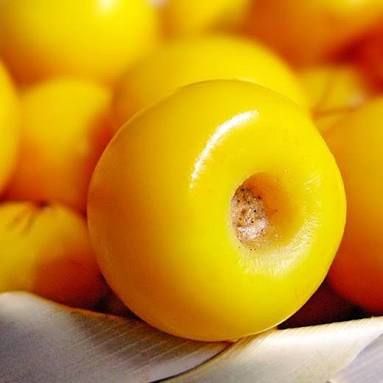Nanche fruit: a natural treasure with multiple benefits
Consumed fresh, the ripe yellow nanche fruit has a slightly cheesy aroma and a characteristic sweet and sour flavor. The consumption of this fruit promotes health due to its composition of fiber, vitamin C and carotenoids.





